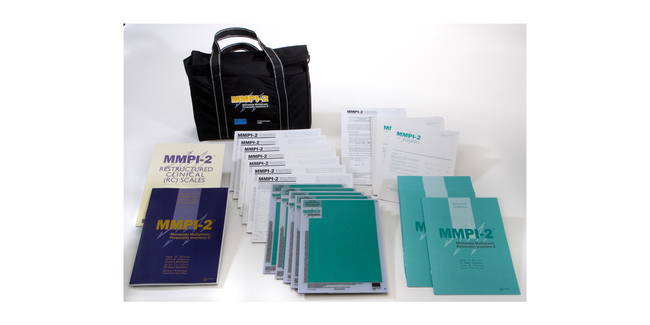Since its publication in 1989, the Minnesota Multiphasic Personality Inventory-2 (MMPI-2) has assisted clinicians in the diagnosis of mental disorders and the selection of appropriate treatment methods. Guidance on using this test in your telepractice.
The MMPI-3 is now available!
The MMPI-3 is now available!
The MMPI-3 is now available!
Minnesota Multiphasic Personality Inventory-2
MMPI-2
Since its publication in 1989, the Minnesota Multiphasic Personality Inventory-2 (MMPI-2) has assisted clinicians in the diagnosis of mental disorders and the selection of appropriate treatment methods. Guidance on using this test in your telepractice.The MMPI-3 is now available!